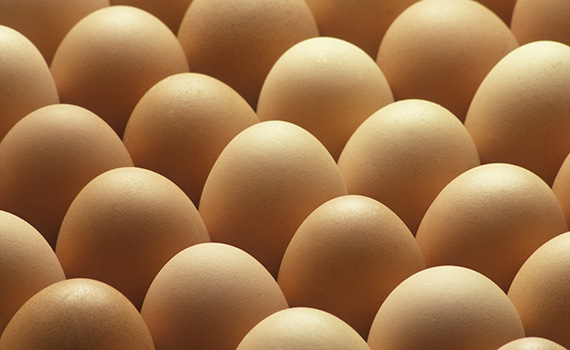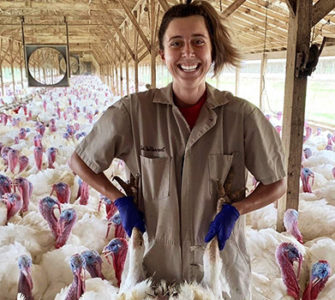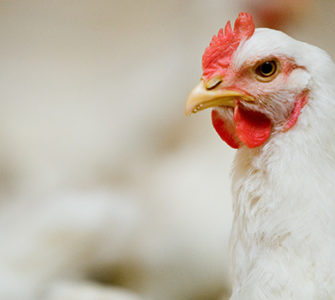Blackhead disease causes reduced egg production in layer hens
Blackhead disease can cause a substantial drop in egg production in commercial layer hens, Christina Sigmon of North Carolina State University, said during the 2018 International Poultry Scientific Forum.1
Histomonas meleagridis, the protozoan parasite that causes blackhead disease, is mostly associated with turkeys, but also affects chickens. As early as 10-14 days of age, chicken flocks can suffer up to 30% mortality from blackhead, while in turkey flocks mortality can reach 100%, she said.
Sigmon and colleagues conducted a study with 128 commercial egg laying chicks. Half were inoculated intracloacally with a virulent H. meleagridis strain on day 18 of age.
Four birds per pen from each treatment were euthanized, scored, and sampled at 5 and 10 days post-infection, showing an infection rate of 80%.
From 28 to 42 days of age, the infected birds had significantly lower bodyweight compared to control birds that were not inoculated, but infected birds subsequently recovered in bodyweight, she noted.
On day 120 of age, 48 hens in the study were moved to a lay facility for production. By day 147 of age, 67% of the control hens were laying, compared to only 42% of the inoculated hens, Sigmon said.
All birds survived to 173 days of age, the last day of the study, and none of the infected hens showed signs of necrotic liver lesions or ulceration of the ceca, she said.
The results demonstrated that layers infected at an early age with H. meleagridis had slower bodyweight gain, more size variability, higher weight loss and started laying eggs later compared to birds not affected by blackhead disease. In a commercial flock, early infection with H. meleagridis would also result in a higher number of culls compared to an uninfected flock.
1 Sigmon C, et al. The effect of an early infection of Histomonas meleagridis on layer performance. 2018 International Poultry Scientific Forum
Posted on August 3, 2018

















